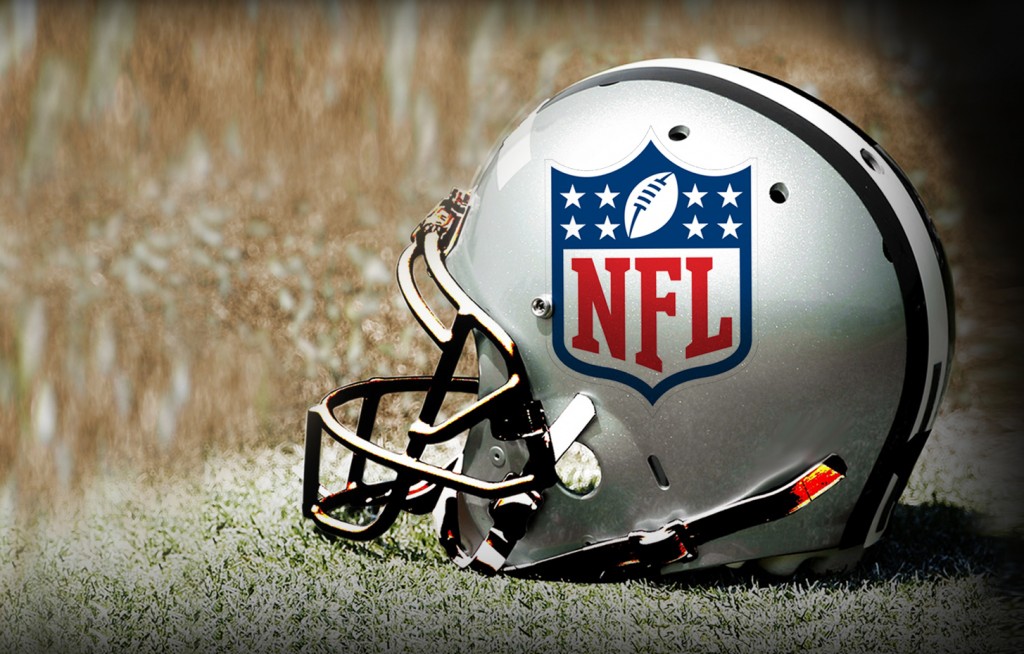The Economics of Professional Sports
Professional sports have become big business, with teams and leagues generating billions of dollars in revenue each year.
The economics of professional sports are complex and multifaceted, involving everything from player salaries to ticket prices to broadcasting rights.
One of the biggest sources of revenue in professional sports is broadcasting rights. Television and streaming companies pay large sums of money to broadcast games and events, as they can attract a large audience and generate advertising revenue.

The National Football League (NFL), for example, generates more than $5 billion per year from broadcasting rights alone.
Another significant source of revenue is ticket sales. Fans are willing to pay a premium to see their favorite teams in person, and teams often charge high prices for tickets to popular games or events. In addition, many teams have premium seating options, such as luxury suites or club seats, which can be even more expensive.
Sponsorship deals and advertising are also significant sources of revenue for professional sports teams and leagues. Companies are willing to pay large sums of money to sponsor teams or events, as they can reach a large and engaged audience.
For example, Nike has a $1 billion deal with the NFL to provide uniforms and apparel for all 32 teams.
Player salaries are another major expense for professional sports teams. Top players in major sports, such as football, basketball, and baseball, can earn tens of millions of dollars per year in salaries and endorsements.
The highest-paid athlete in the world in 2021 was Conor McGregor, a mixed martial artist, who earned $180 million from his fights and endorsements.
Revenue sharing is also an important aspect of the economics of professional sports.
In many leagues, such as the NFL and Major League Baseball (MLB), teams pool their revenue and share it among all teams.
This levels the playing field, allowing smaller teams to compete and remain financially stable despite lower revenue.
Besides revenue sharing, salary caps are common in pro sports to limit team spending on player salaries.
This helps to ensure a level playing field and prevent teams with more financial resources from dominating the league. The NFL, for example, has a salary cap of $182.5 million per team in 2021.
The economics of professional sports also have an impact on cities and communities.
Cities invest heavily in stadiums to attract pro teams, spurring tourism and local business revenue.
Facility construction costs are significant, and there’s debate on whether they truly benefit the community economically.
There are also social and cultural implications to the economics of professional sports. Top athletes’ hefty salaries and event costs can deter lower-income fans from engaging with their favorite teams.
Moreover, profit emphasis may erode the purity of sports, with financial success overshadowing sportsmanship and fan satisfaction.
Conclusion
The economics of professional sports are complex and multifaceted, involving everything from broadcasting rights to player salaries to revenue sharing.
Professional sports have become big business, with teams and leagues generating billions of dollars in revenue each year.
Yet, the economics of professional sports have social and cultural implications, necessitating consideration of effects on fans and communities. 바카라사이트